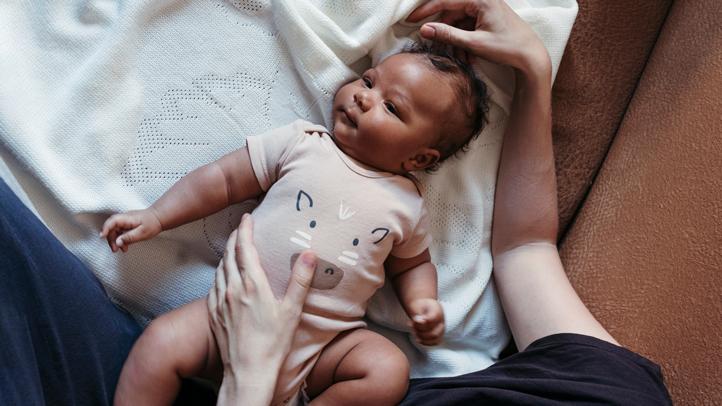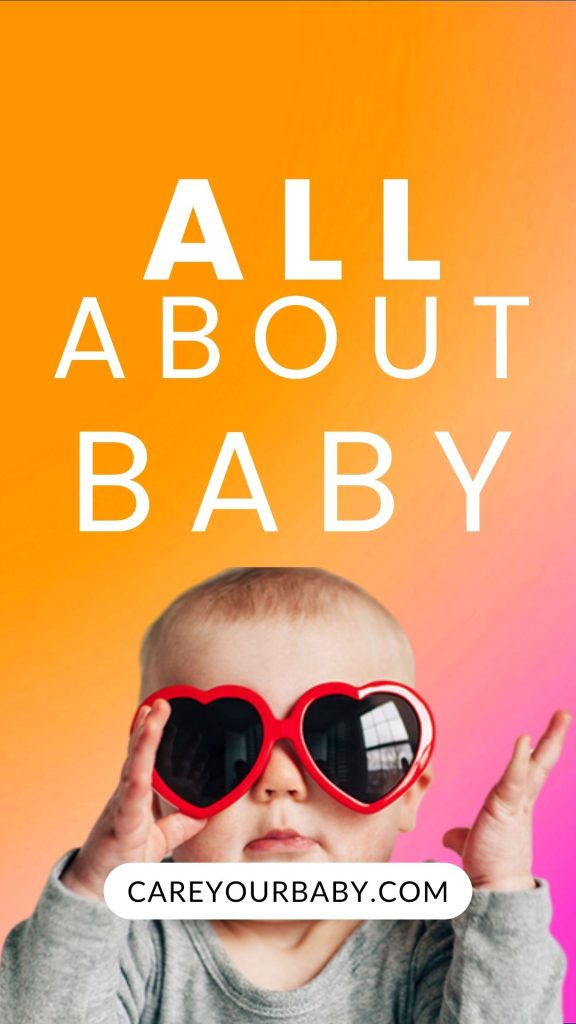Newborn Spit Bubbles While Sleeping: What It Means
As you lean closer to your sleeping newborn, you might notice a charming yet curious phenomenon: tiny bubbles forming at the corner of their mouth, gently popping in the quiet of the night. These whimsical spit bubbles, as innocent as they are delightful, often raise questions for new parents. Are they a sign of discomfort? A quirky sleep habit? Or perhaps a normal part of their early development? In this article, we’ll explore the science behind these frothy little phenomena, unraveling the reasons why babies produce spit bubbles while they sleep and what it might indicate about their growth and health. Join us as we dive into this enchanting aspect of newborn life, offering reassurance and insights for those wide-eyed guardians navigating the joys and wonders of parenthood.
Understanding Spit Bubbles: Natural Reflexes in Newborns
When observing a sleeping newborn, it’s not uncommon to see those tiny, innocent faces occasionally release bubbles of spit. This phenomenon is both charming and intriguing for parents. The physiological basis behind these spit bubbles is primarily linked to the natural reflex actions that newborns exhibit. Infants are born with several automatic reflexes, such as rooting and sucking, which are essential for feeding. As they transition into sleep, some of this saliva accumulates, leading to the delightful creation of bubbles. These actions are completely normal and signify the healthy development of their coordination and bodily functions.
Furthermore, the environment around the baby can influence these spit bubble moments. Factors such as temperature, hydration, and even the baby’s stage of sleep can play a role. For instance, during REM sleep, the body undergoes various naturally occurring changes, contributing to increased salivation. It’s interesting to note that while spit bubbles are generally harmless, parents should monitor for excessive drooling or other signs of underlying issues. Observing these occurrences can provide insight into the baby’s comfort and health. In summary:
| Factor | Effect on Spit Bubbles |
|---|---|
| Temperature | Warmer environments may increase saliva production. |
| Hydration | Well-hydrated babies may drool more, resulting in bubbles. |
| Sleep Stage | More bubbles can occur during REM sleep. |
The Science Behind Spit Bubbles: What Happens During Sleep
During sleep, newborns undergo several fascinating physiological processes that can lead to the formation of spit bubbles. As they drift into slumber, their relaxed oral and facial muscles allow saliva to pool in the mouth. This can be attributed to their immature salivary glands, which are still adapting to their new environment outside the womb. The bubbles form when this saliva gradually accumulates and escapes from the corners of the mouth, creating a playful display that many parents find endearing. While some may view it as a simple quirk, these bubbles often indicate that the baby is in a peaceful sleep state, which is crucial for their growth and development.
Interestingly, this phenomenon can be influenced by several factors, including positioning, hydration levels, and the overall health of the infant. The following points explain what can contribute to spit bubbles during sleep:
- Body Position: Lying on their back might encourage saliva to pool.
- Hydration: Adequate hydration can result in a normal amount of saliva production.
- Teething: When teething, babies tend to produce more saliva, increasing the likelihood of bubbles.
| Factor | Impact on Spit Bubbles |
|---|---|
| Body Position | Encourages saliva pooling |
| Hydration | Affects saliva viscosity |
| Teething | Increases saliva production |
When to Be Concerned: Identifying Signs of Potential Issues
While spit bubbles are often just a harmless quirk of a sleeping newborn, there are specific instances when they may indicate potential issues that warrant attention. Parents should be alert to signs such as:
- Difficulty Breathing: If your baby appears to be struggling for air, often accompanied by grunting or unusually fast breathing, this could be a serious concern.
- Excessive Salivation: While drool is normal, a sudden increase may signify underlying problems, such as teething or potential allergies.
- Persistent Coughing: A cough that lingers or becomes progressively worse should prompt a visit to the pediatrician.
- Unusual Temperature: A fever (defined as a temperature above 100.4°F or 38°C) might signal an infection, so monitor your child closely.
Monitoring these symptoms can help in early identification of issues. Another aspect to consider is the frequency of spit bubbles in tandem with feeding. If your newborn is frequently spitting up or has a difficult time with feedings, it may be worth discussing these concerns with your doctor. Utilize the following table for quick reference on what might require medical evaluation:
| Symptom | Recommended Action |
|---|---|
| Struggling to breathe | Seek immediate medical attention |
| Excessive drooling with rash | Consult your pediatrician |
| Persistent cough | Make an appointment |
| Fever with no clear cause | Contact a healthcare provider |
Tips for Parents: Ensuring Comfort and Safety During Sleep
Creating a safe sleep environment is essential for your newborn, especially if you notice them making spit bubbles while sleeping. To ensure they remain comfortable and secure throughout the night, consider the following suggestions:
- Positioning: Always lay your baby on their back to reduce the risk of Sudden Infant Death Syndrome (SIDS). This position not only promotes safety but also aids in digestion, reducing the chance of spit-up.
- Temperature Control: Keep the room at a comfortable temperature, typically between 68-72°F (20-22°C). Use a digital room thermometer to monitor conditions effectively.
- Sleep Surface: Always utilize a firm, flat mattress with a fitted sheet in a crib or bassinet that meets safety standards. Avoid soft bedding, bumpers, and plush toys, which can pose choking hazards.
Moreover, maintain healthy sleeping habits for your newborn by establishing a soothing nighttime routine. This not only helps them settle but can also reduce occurrences of spit bubbles:
- Quiet Time: Incorporate calming activities before sleep, such as gentle rocking or reading a short book, to create a peaceful environment.
- Paced Feeding: When feeding before sleep, consider using paced feeding techniques to minimize the risk of excess air intake, which can lead to spit-up.
- Monitoring: Check on your baby periodically throughout the night to ensure they’re sleeping comfortably and reassess their attire or bedding as needed.
Q&A
Q&A: Newborn Spit Bubbles While Sleeping – What It Means
Q1: What are those spit bubbles I see when my newborn is sleeping?
A1: Those delightful little spit bubbles are a common sight in newborns and are typically a mix of saliva and air. When babies sleep, their mouths can relax and fill with saliva, which can then bubble out as they move or swallow. It’s a natural process and not usually a cause for concern.
Q2: Is it normal for my baby to make spit bubbles?
A2: Absolutely! Newborns often make spit bubbles, especially in their sleep. This can be more frequent during the first few months as they are still learning the basic functions of their mouths, and their saliva production is ramping up. Unless accompanied by other concerning symptoms, spit bubbles are quite normal.
Q3: Should I be worried if my baby is drooling a lot or making bubbles?
A3: While drooling can increase as your baby’s saliva production increases, there’s generally no need for concern. If your baby seems comfortable, feeding well, and not showing signs of distress, the spit bubbles are simply a part of their development. Just keep an eye on their overall health and comfort.
Q4: Can spit bubbles be a sign of something wrong?
A4: In most cases, spit bubbles are perfectly normal. However, if you notice excessive saliva production, and your baby appears fussy or is having difficulty feeding, it’s worth discussing with your pediatrician. They can rule out any conditions, such as reflux or teething, that may be contributing to the extra drool.
Q5: What should I do if my baby has spit bubbles during sleep?
A5: There’s usually nothing you need to do. It’s advisable to ensure your baby is sleeping safely on their back in a clear crib, away from soft bedding that could obstruct their airway. If you’re concerned, keep an eye on them; they’ll often swallow the spit when they awaken.
Q6: When will my baby stop making spit bubbles?
A6: Most babies naturally outgrow the habit of making spit bubbles as they develop better control over their mouth muscles and as drooling decreases typically by their first year. However, some playful bubbles may persist as they learn to explore and experiment with their bodies!
Q7: Are spit bubbles a sign of teething?
A7: Spit bubbles can appear during teething, as increased saliva production is a common symptom. If your baby is also showing signs of discomfort, such as chewing on objects or fussiness, it could be a good indication that teething is in progress.
Q8: How can I help manage my baby’s drooling?
A8: Keeping a soft cloth handy to dab away any drool can be a simple way to manage it. Ensure your baby’s face is clean and dry to avoid irritation. If your little one is teething, gentle gums massage and teething toys can provide relief.
Q9: When should I consult with a healthcare provider about spit bubbles?
A9: It’s wise to consult a healthcare provider if the spit bubbles are accompanied by other symptoms like excessive crying, feeding difficulties, or if you notice any unusual colors or smells. Your pediatrician can provide reassurance and guidance to ensure your baby is healthy.
Q10: What’s the bottom line on spit bubbles?
A10: Spit bubbles are a typical, harmless part of newborn life. They represent a stage in your baby’s development as they adjust to the world. Enjoy these cute little moments, and rest easy knowing they’re young explorers in the fascinating journey of growing up!
In Summary
As we gently close the chapter on our exploration of newborn spit bubbles, it’s clear that these tiny, whimsical phenomena are more than just cute quirks of baby sleep. They serve as windows into the delicate world of infant development, offering insights into the digestive system and the intricate processes that unfold within. While the sight of a sleeping baby happily bubbling away can bring a smile to any parent’s face, understanding the underlying factors can empower caregivers to nurture a healthy, happy infant.
So, the next time you catch a glimpse of those enchanting little bubbles, remember that they are part of an extraordinary journey—one filled with growth, learning, and the sweet simplicity of babyhood. Embrace these moments, knowing that they are fleeting and precious, and relish the joy of observing your newborn as they navigate the wondrous world of sleep and beyond.


